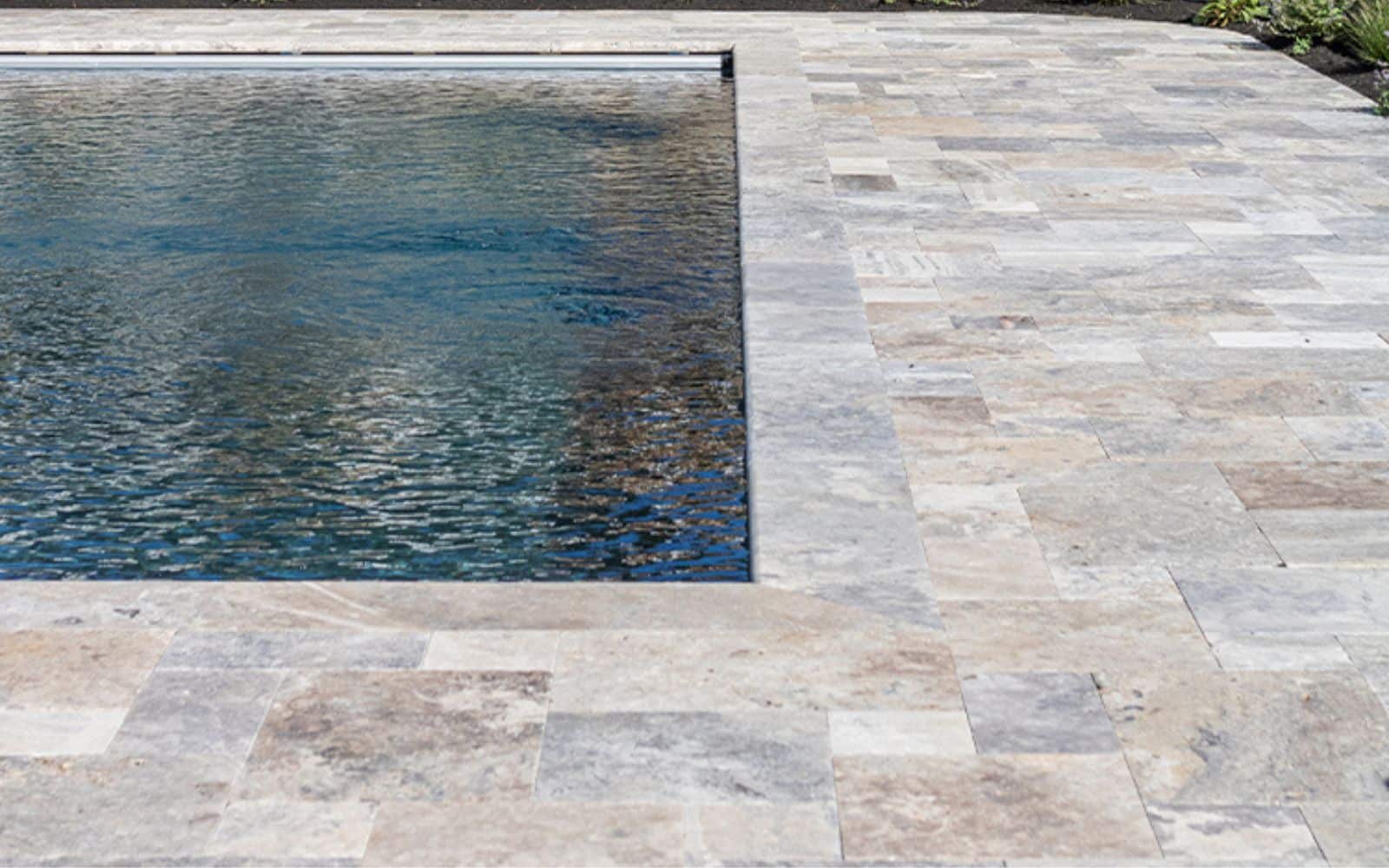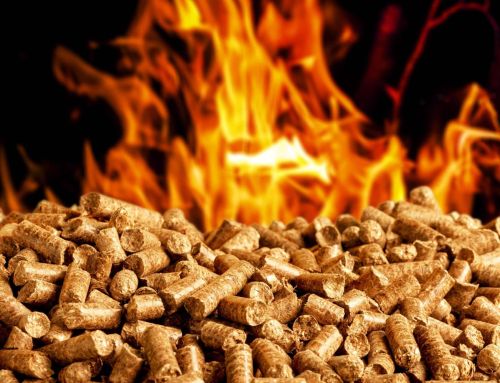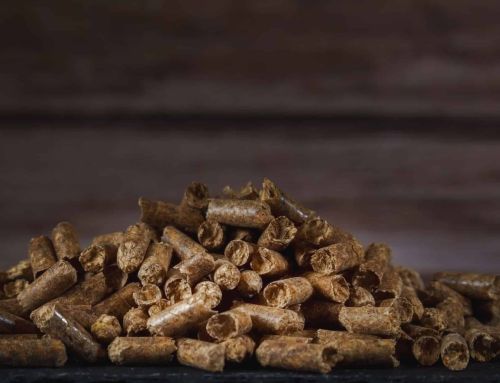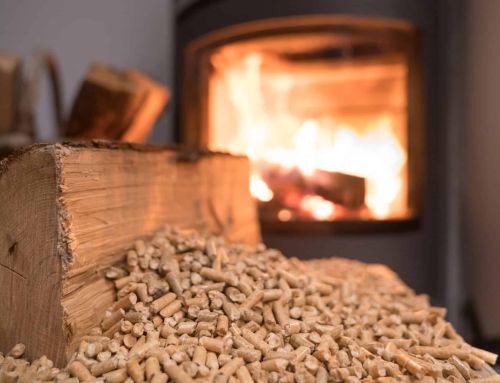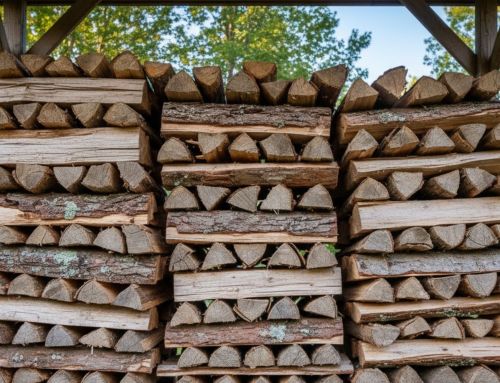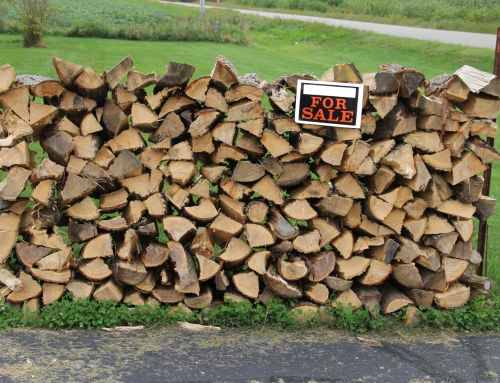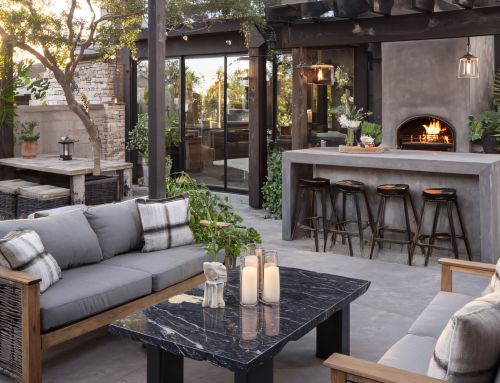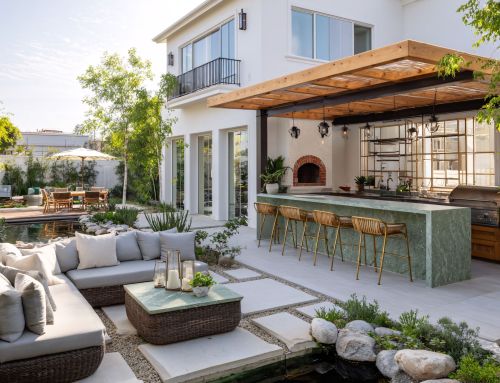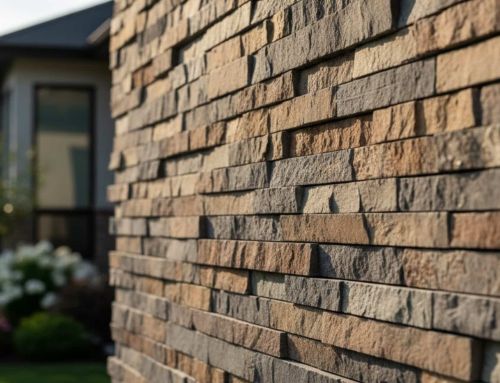Exploring Travertine Stone: Styles, Benefits, and Applications
Have you ever walked across a stunning patio or through an elegant hotel lobby and wondered what gives the stone beneath your feet that distinctive, warm character? Chances are, you were experiencing the timeless beauty of travertine. This remarkable natural stone has been enhancing architectural masterpieces and living spaces for thousands of years, from the magnificent Roman Colosseum to modern luxury homes across America.
Travertine is globally recognized and has been used in iconic landmarks across the world, reinforcing its durability and timeless appeal. Travertine offers a perfect blend of natural beauty, durability, and versatility that few other building materials can match. You can conveniently browse a comprehensive collection of travertine tiles online and place your order promptly.
What is Travertine?
Travertine is a type of limestone formed over thousands of years by mineral-rich waters flowing through hot springs and limestone caves. As carbon dioxide escapes from these waters, calcium carbonate precipitates and creates the stone’s signature porous texture and layered appearance.
Each piece of travertine showcases natural variations in color and pattern, ranging from ivory and tan to brown, yellow, or grey. These earthy tones and banded textures reflect the stone’s geological origins, making every tile a unique expression of the earth’s history.
The Unique Properties and Characteristics of Travertine
Travertine stands out for its porous, honeycomb-like texture formed during its natural creation. These holes can be filled for a smooth finish or left open for a rustic look, though occasional repairs may be needed to address air pockets that form over time. Its unique appearance adds character, while proper care ensures lasting beauty.
Practically, travertine is durable enough for both light and heavy foot traffic and offers natural slip resistance, especially in textured finishes. It stays cool underfoot, ideal for hot climates and poolside areas. It also works well with radiant heating systems, making it a versatile choice for indoor and outdoor use.
When comparing travertine to other natural stones, several key differences emerge:
| Property | Travertine | Marble | Granite | Limestone |
|---|---|---|---|---|
| Hardness (Mohs) | 4–5 | 3–4 | 6–7 | 3–4 |
| Porosity | High | Low–Medium | Low | Medium–High |
| Heat Resistance | Excellent | Good | Excellent | Good |
| Price Range | $5–30/sq ft | $10–100/sq ft | $40–100/sq ft | $5–30/sq ft |
| Maintenance | Moderate | High | Low | Moderate |
| Color Range | Limited (earth tones) | Extensive | Extensive | Limited (neutrals) |
Types and Variations of Travertine
Color Variations
The natural beauty of travertine comes in several color variations, each with distinct characteristics and aesthetic appeal:
- Ivory/Beige Travertine: The classic, most common variety with light, neutral tones that blend easily with most design schemes.
- Silver Travertine: Featuring cool grey tones with subtle white veining, perfect for contemporary spaces.
- Walnut Travertine: Rich brown hues create warm, inviting surfaces ideal for traditional spaces.
- Noce Travertine: Medium to dark brown with golden undertones, offering elegant, refined beauty.
- Gold/Yellow Travertine: Sunny, warm tones that bring Mediterranean warmth to any space.
- Red Travertine: Rarer varieties with rusty or reddish tones for dramatic impact.
The color of travertine is determined by the minerals present during its formation. Iron oxides create the warmer gold, tan, and red varieties, while other trace minerals contribute to silver and grey variations. Location plays a crucial role in color development, with Italian quarries typically producing the warm beige tones that have become synonymous with classic travertine.
Finishes and Textures
Travertine’s versatility extends to the various finishes available, each dramatically changing its appearance and functionality:
- Polished Travertine: Features a glossy, reflective surface that highlights the stone’s natural patterns. Typically filled to create a smooth, refined appearance, polished travertine is elegant but requires more maintenance to preserve its shine.
- Honed Travertine: Offers a smooth but matte finish that strikes a perfect balance between elegance and practicality. This popular choice works well in both traditional and contemporary settings.
- Tumbled Travertine: Created by tumbling the stone with sand and rocks to create soft, rounded edges and a weathered appearance. This finish has exceptional slip resistance and a rustic character perfect for Mediterranean-inspired designs.
- Brushed Travertine: A textured surface created by wire-brushing that provides excellent traction while maintaining a sophisticated appearance. Ideal for exterior spaces where both beauty and safety are priorities.
- Filled vs. Unfilled: A critical choice in travertine installation. Filled travertine has its natural holes filled with grout or resin for a smoother surface, while unfilled travertine maintains its characteristic holes for a more authentic, natural appearance.
Interior Applications of Travertine
Inside the home, travertine transforms ordinary spaces into showcases of natural elegance. Its warm tones and versatile nature make it suitable for nearly any interior application:
Flooring
Perhaps the most popular interior use, travertine floors bring warmth and character to living spaces, hallways, and bathrooms. The stone’s natural thermal properties keep it comfortable underfoot year-round. For high-traffic areas, honed or tumbled finishes offer the best balance of beauty and practicality.
Wall Cladding
Travertine makes a stunning statement as an accent wall or full wall covering. The stone’s natural patterns create visual interest that artwork often cannot match. In bathrooms, floor-to-ceiling travertine creates a luxurious spa-like atmosphere.
Bathroom Applications
Beyond floors and walls, travertine shines in shower surrounds, vanity tops, and tub decks. When properly sealed, it stands up well to moisture while creating a cohesive, elegant bathroom design. The stone’s natural texture also provides added safety in wet areas.
Kitchen Countertops
While requiring more maintenance than granite, travertine countertops offer unmatched warmth and character in the kitchen. Honed or polished finishes work best for this application, with regular sealing essential to prevent staining from food preparation.
Fireplace Surrounds
Travertine’s natural heat resistance makes it ideal for fireplace applications, where it provides a timeless, elegant frame for the hearth. The stone’s warm tones naturally complement the cozy atmosphere of a fireplace setting.
When using travertine indoors, proper sealing is essential to preserve its beauty. Different applications require different approaches to sealing, with wet areas needing more frequent reapplication than dry spaces. The cost of travertine can vary based on factors such as type, quality, size, and installation complexity.
Exterior and Landscape Applications of Travertine
Travertine truly shines in outdoor environments, where its natural characteristics align perfectly with landscaping needs:
Patios and Outdoor Living Spaces
Travertine pavers create elegant, durable surfaces for entertainment areas. The stone’s natural cooling properties make it comfortable even in direct sunlight—a significant advantage over concrete or darker stones that absorb heat.
Pool Decks and Coping
Around water features, travertine offers the perfect combination of beauty, comfort, and safety. Its porous nature provides excellent slip resistance, while its cool surface makes it ideal for barefoot comfort. The stone also naturally resists algae growth better than many alternatives.
Walkways and Garden Paths
Travertine pavers or stepping stones create inviting pathways through garden spaces. Available in various thicknesses, they can be installed either in mortar for permanent structures or set in sand for more natural-looking garden paths.
Vertical Elements
From kitchen backsplashes to complete bathroom walls, travertine adds natural elegance to vertical surfaces. Its light, neutral tones make spaces feel larger and more open, while its natural patterns add visual interest without overwhelming the design.
For exterior applications, thicker cuts (usually 1¼” to 2″) are recommended to ensure durability through seasonal changes. In regions with freeze-thaw cycles, proper installation with adequate drainage is crucial to prevent cracking and damage from water expansion.
Designing with Travertine Tiles
Travertine tiles are a versatile design material that suits both modern and traditional styles. Their natural texture and unique patterns add depth and visual interest to floors, walls, and other surfaces. The finish you choose, whether polished, tumbled, or brushed, can greatly influence the overall look and feel of the space.
Polished travertine creates a sleek, reflective surface ideal for upscale interiors. Tumbled travertine offers a weathered, rustic charm perfect for Mediterranean or vintage designs. Brushed travertine adds texture and grip, making it a smart choice for outdoor areas or wet environments. With its durability and variety of finishes, travertine adapts beautifully to almost any aesthetic.
Installation Considerations
Proper installation of travertine tiles begins with a clean, level surface free of cracks or holes. Careful layout is essential to highlight the stone’s natural variations and achieve the desired pattern. Attention to detail during installation helps bring out the unique character of each tile.
Travertine requires occasional sealing to protect against stains and preserve its natural beauty. Thicker tiles, typically ranging from 3/8 to 1/2 inch, offer added durability for high-traffic areas. With the right preparation and maintenance, travertine delivers a long-lasting, elegant finish for floors, walls, and more.
Maintaining Travertine
Travertine is durable but needs simple care to stay beautiful. Regular sealing is key, since it’s porous and can stain. Seal indoor surfaces every 1–3 years and clean with warm water and a pH-neutral cleaner. Avoid harsh products like vinegar or bleach.
Wipe spills quickly, dust floors often, and use soft brushes outdoors. For tough stains, use travertine-safe cleaners or consider professional cleaning. If damage occurs, travertine can usually be repaired and restored without full replacement.
Buying Guide: Selecting Quality Travertine
Choosing quality travertine involves more than selecting a color. Always request samples to view in your space, as lighting affects appearance. Check for consistent color, pattern, and density—denser stone lets less light through and is usually more durable. Travertine is graded from Premium to Commercial, with higher grades offering better aesthetics and often better strength.
Ask your supplier key questions like where the stone was quarried, tile thickness, whether it’s filled or unfilled, recommended sealers, and if matching trim is available. Also, factor in installation costs, which can exceed the stone’s price. While DIY is possible, professional installation is often worth it for the best results.
Conclusion
Travertine is more than just a building material—it’s a timeless element that brings warmth, elegance, and natural beauty to any space. With its rich history, versatile applications, and enduring charm, travertine continues to be a top choice for homeowners, designers, and builders alike. Whether used indoors or outdoors, its distinctive look and performance make it a worthwhile investment for any project.
Ready to elevate your space with the unmatched appeal of travertine? Old Station Outdoor & Landscape Supply offers a curated selection of high-quality travertine tiles and pavers in a variety of finishes and colors. Visit our store in Norton, MA, or browse online to find the perfect fit for your next design or construction project. Contact us for inquiries and let our expert team assist you every step of the way.
FAQs
Is travertine a stone or marble?
Travertine is a natural stone, specifically a type of limestone formed by mineral deposits from hot springs. It is not marble, though both are calcium-based stones that can be used for similar applications.
Is travertine stone expensive?
Travertine is moderately priced among natural stones, typically ranging from $5-$30 per square foot depending on quality, thickness, and origin. It’s generally less expensive than marble or high-end granite while offering similar durability and aesthetic appeal.
What is travertine used for?
Travertine is versatile and commonly used for flooring, wall cladding, countertops, shower surrounds, pool decks, patios, walkways, and decor elements. Its natural beauty and durability make it suitable for both interior and exterior applications in residential and commercial settings.
How long will travertine last?
With proper installation and maintenance, travertine can last for generations or even centuries. The Roman Colosseum, built largely from travertine nearly 2,000 years ago, demonstrates this stone’s remarkable longevity when properly cared for.

